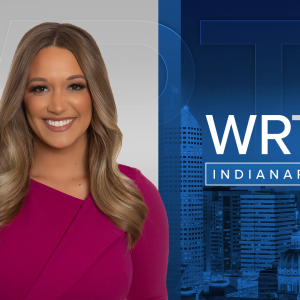INDIANAPOLIS— Marian University in Indianapolis is working to help combat the doctor shortage plaguing the country.
They are hoping to bring more students to their Osteopathic School of Medicine.
The physician shortage is a dire problem that could affect the health care of you and your relatives.
The American Medical Association is projecting the US will be short 37,000 to 124,000 doctors in the next 12-years.
Indiana is also experiencing the problem. The US Department of Health and Human Services says the Hoosier state is short more than 1,000 doctors.
Marian University is now offering new scholarships to students with hopes to get more students into the medical field.
The university says they are now offering a pre-medical undergraduate scholarship and degree to continue removing barriers to a career in medicine, including direct admission of Marian’s College of Osteopathic Medicine.
Students will also not have to apply or take an MCAT test if the pre-med undergraduate students fulfill program requirements.
"The need in the medical industry right now is not a need that we can satisfy quickly. It takes time it takes a lot of years of schooling and education to get to the point of being able to fill in a lot of those gaps," said Chris Nicholson with Marian University.
The University's goal is to eliminate barriers to a career in Medicine in Indiana focusing on rural healthcare.
Rural healthcare is something Kasey Kruse, a second-year med student, says she is passionate about.
"I want to be a family doctor. I am from Northwest Ohio, and I want to go back to the rural area that I am from and provide medical care to people who don't always have medical care around that area," Kruse said.
Kruse said where she grew up there weren't very many doctors.
"It's tough, growing up I would rarely go to the doctor, that's why I didn't really know much about medicine because there is one doctor that is close to my house," she said.
Marian has reported, in the past four years, 63% of their med students were placed in primary care residencies in Indiana.
68% of the newest class of Marian medical students are from Indiana.
"I think my favorite thing is that every day is going to be different and every patient is different," said Kruse. "All these different things and the fact that you get to pull all of that knowledge together and use it to help people."
Kruse's offers advice to other young students who want to go into the industry.
"I never thought I could do it. nobody in my family is a dr. nobody in my family is really in the medical field my parents own a small business, we're farmers. Really nobody did what i am doing now. It is possible, it is achievable," said Kruse. "It's doable, if I can do it anybody can."
Data from The American Medical Associationshow specific projections by 2034 include shortages of:
- Between 17,800 and 48,000 primary care physicians .
- Between 21,000 and 77,100 non-primary care physicians.
This includes shortages of:
- Between 15,800 and 30,200 for surgical specialties.
- Between 3,800 and 13,400 for medical specialties.
- Between 10,300 and 35,600 for other specialties.



